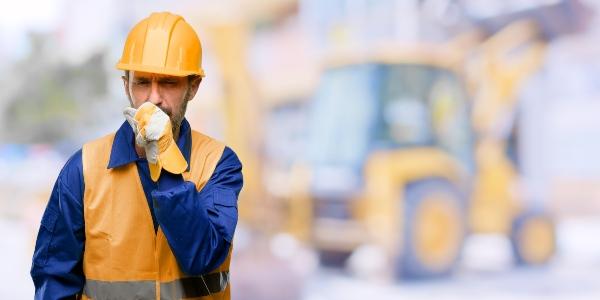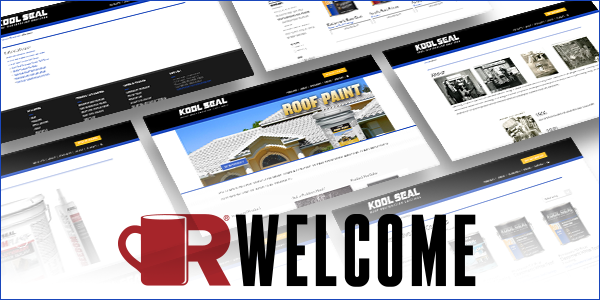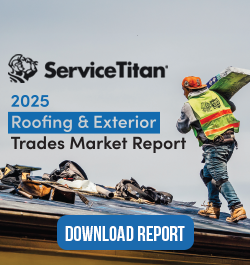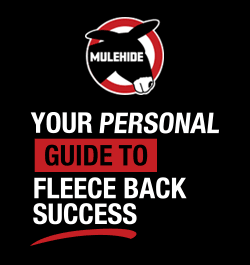Preparing the Workplace for Coronavirus

By Lauren White, RCS Reporter.
Helpful tools, guidelines, and building updates to help prepare your workplace for the pandemic.
Washing hands, keeping distance, and disinfecting frequently touched surfaces are all steps to help slow the spread of the coronavirus. Workplaces face a series of other precautions regarding response plans, protective gear for employees, and updates to the building itself.
The National Roofing Contractors Association (NRCA) recently posted a helpful tool for companies to use in response to the coronavirus. The Occupational Safety and Health Administration (OSHA) in collaboration with the Department of Health and Human Services published a document titled, “Guidance on Preparing Workplaces for COVID-19.” There are ongoing efforts by the Department of Labor to educate workers and employers about the COVID-19 outbreak. “The document provides practical guidance for preventing the spread of COVID-19, also known as novel coronavirus, and contains information about safe practices and appropriate personal protective equipment based on the risk level of exposure,” NRCA explains.
Other efforts to provide employees and employers helpful information include OSHA launching a COVID-19 webpage about infection prevention, the Wage and Hour Division providing information about common issues, and the Office of Workers’ Compensation Programs administering guidance for federal employees.
If a plan doesn’t already exist, employers are encouraged to develop an infectious disease preparedness and response plan, establishing protective actions against the coronavirus. It’s important to stay up-to-date with guidance and mandates from federal, state, local, tribal, and/or territorial health agencies, which can then get incorporated into workplace-specific plans. OSHA recommends that the plans “...consider and address the level(s) of risk associated with various worksites and job tasks workers perform at those sites.”
OSHA has identified four different levels of exposure risk when it comes to jobs: very high, high, medium, lower (caution). Very high and high exposure risk jobs include healthcare workers and support staff, healthcare and laboratory personnel, morgue and mortuary workers, and medical transport workers. Many American workers will most likely be in the medium and lower risk levels. Jobs in the medium exposure level require frequent and close contact with people who may be infected but aren’t yet suspected patients, such as in schools, high-volume retail stores, and high-density work environments. Lower exposure risk (caution) jobs have minimal contact with the public and/or coworkers.
In general, OSHA has standards for personal protective equipment (PPE) and respiratory protection that require employers to identify hazards their employees could be exposed to. “In assessing potential hazards, employers should consider whether or not their workers may encounter someone infected with COVID-19 in the course of their duties...and if workers could be exposed to environments (e.g., worksites) or materials (e.g., laboratory samples, waste) contaminated with the virus,” OSHA explains.
In addition to following existing OSHA standards, there are other ways to help protect workers from risk. One way is to implement basic infection prevention measures such as hand washing, discouraging employees from using other workers’ phones, work tools, and equipment, and routinely cleaning and disinfecting the workplace. Others may include policies permitting people to stay home when they’re sick and not requiring a healthcare provider’s note validating an illness. Additionally, OSHA explains, “Develop policies and procedures for prompt identification and isolation of sick people, if appropriate.” In times like these it’s important to be aware of concerns workers may have about their pay, leave, health, and other issues that might come about during this pandemic.
In the workplace building itself, there are some updates that could help with the prevention of spreading viruses, like COVID-19. Suggestions include, installing high-efficiency air filters, providing resources and promoting personal hygiene, providing PPE, and establishing “alternating days or extra shifts that reduce the total number of employees in a facility at a given time, allowing them to maintain distance from one another,” OSHA recommends.
Read our next blog for information on how the coronavirus will impact the construction industry.






















Comments
Leave a Reply
Have an account? Login to leave a comment!
Sign In